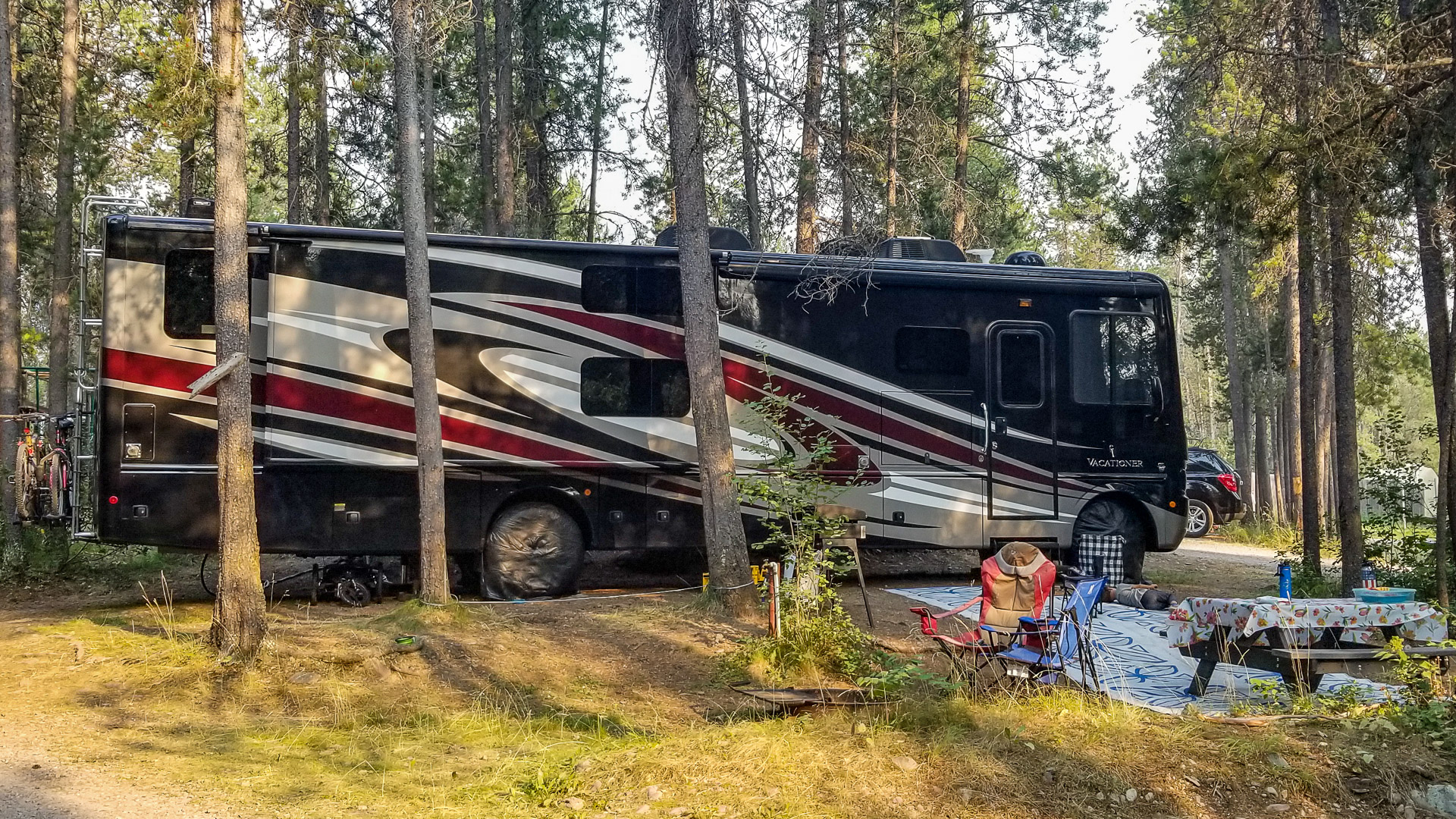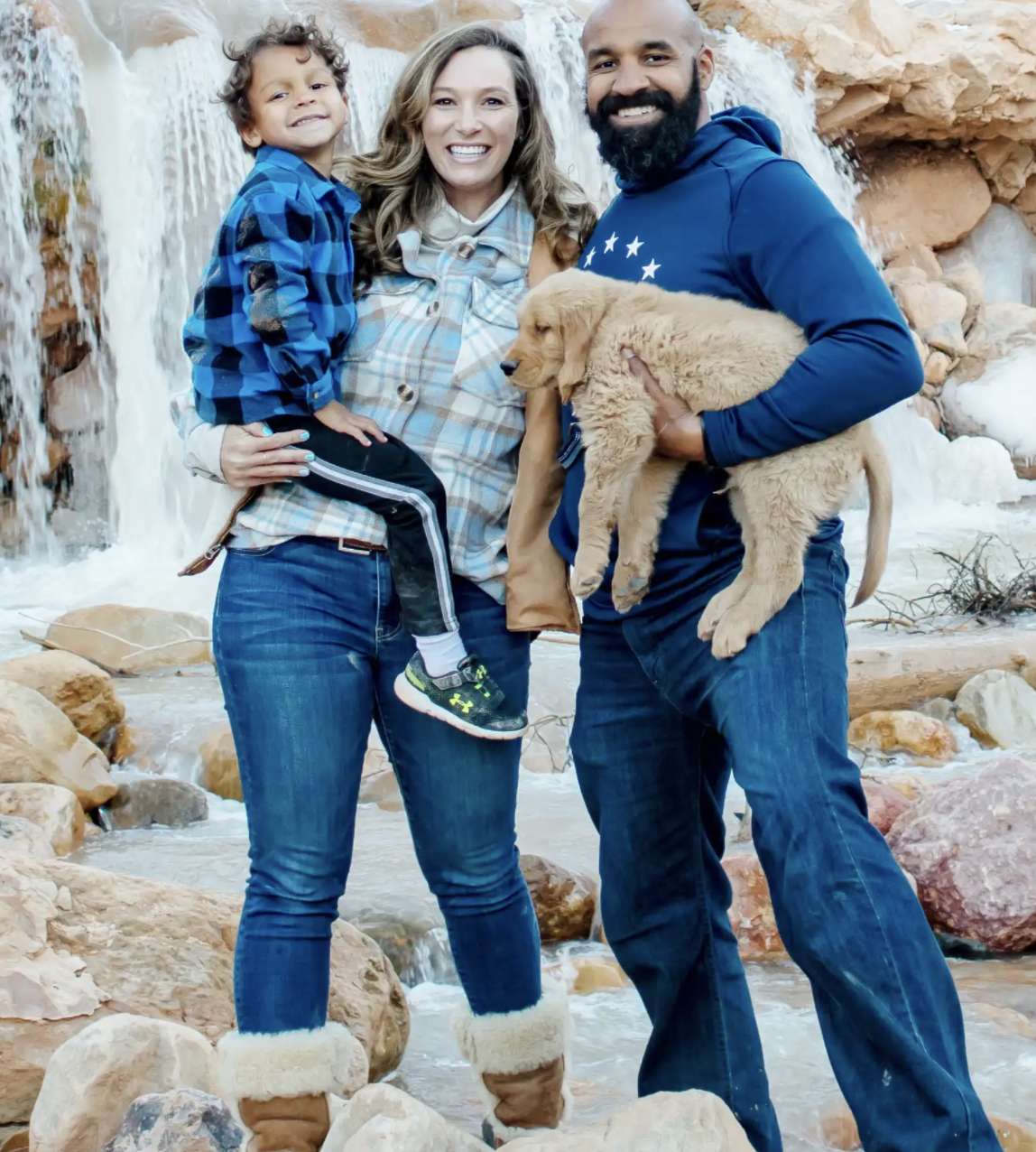
These days, we would wager to say most of us are somewhat budget-conscious. Keeping track of your spending is a great way to manage your money, especially when it comes to taking vacations and planning for all the things that come with it. Spending time away with those you love is great for strengthening family connections, resetting your mind and enjoying some well-deserved R & R. But creating that time away doesn’t mean you need to break the bank. There are so many budget-friendly vacation options, and camping is one of them!
Of course, as with anything, there are different levels of what is considered budget-friendly. Your budget may be vastly different from someone else’s. But this isn’t about how much you can spend so much as it is about being able to maximize the dollars you do spend. Here are seven tips for consideration when camping on a budget.

Create A Camping Budget
This may sound a bit obvious, but the best way to stay within budget and plan accordingly is to actually set a budget. Put it down in writing and commit to staying within it. We find most people go about this in one of two ways. One would be to set a total dollar amount first as an overall budget and work from there. For example, your overall camping budget is $XX for your entire camping trip, and then you allocate those dollars where needed. The second way (which works best for us) is to list your expected expenses, and then estimate expected costs for each expense. Once you have this, total your expenses and see if that total amount is feasible. If not, tweak the list where you can. For example, you may have budgeted for campsite fees, gas, groceries, firewood and dining out. If you find your budget is higher than you would prefer, try to cut some items, like dining out, or reduce the amounts you are willing to spend for each item.

Location, Location, Location
When planning any trip, a key factor in your budget is location. There are several things to consider here. One, will you be traveling during an “in-season” period? If so, prices tend to be elevated due to demand. Another thing to consider is if you will be traveling near or through cities, states, towns or countries that are typically more expensive than most. This would mean gas, road snacks and groceries may be more expensive in these areas.
To keep your location expenses within your budget, consider traveling during the week or during the off-season and staying within a few hours of your home or in areas that aren’t as popular with a lot of travelers.

Tents, Trailers, Motor Homes
Once you have a location or two in mind, you will want to determine how you plan on camping. If you already own a tent, trailer, pop-up or motorhome, you will most likely plan to camp in it. However, there are other options, such as tent camping instead of bringing your trailer. Or, you could plan on renting an RV or cabin. This is, of course, all personal preference, but you might find tent camping would be a new adventure to try and could be less expensive than RV camping. Or, if you are camping for the first time, renting a cabin with everything you need might be more cost-effective than going out and buying all new items for your adventure.

Campsite Criteria
The next thing you will want to consider is where you will actually be camping. After you have determined your trip location, start searching for campgrounds, RV resorts, state/national parks and public-land campsites. In season, RV resorts can easily be north of $100 per night with full hookups, but most campgrounds average around $50 per night. On the flip side, you could also dry camp, or boondock, for free on public land. Dry camping means no hookups and relying solely on your freshwater tanks and battery or solar for power. To determine what is right for your family, figure out if you require full hookups (electric, water, sewer). Some campgrounds offer sites with partial hookups at a lower nightly rate. Once you know what you need, you can narrow your search to campgrounds, state/national parks or public lands that offer what you need. If you decide to dry camp, you may want to research ahead of time where you can find water and dump stations for your tanks during and after your trip, if necessary.

BYO — Bring Your Own
A huge budget saver is to bring your own, well, everything! If possible, shop prior to your camping trip and pack it all with you. We’re talking groceries, snacks, drinks, firewood and any gear you might need, like bug spray, bear spray, candles, lights, etc. If you wait till you are at your destination to acquire these things, you may find that their costs are significantly higher than they would have been in your hometown.
If you find that you need to shop while on your trip, try to find budget-friendly places like local farmers’ markets or stores like Aldi. When it comes to firewood and gear, campgrounds will mostly likely offer these but at a higher price than you would find elsewhere. If the campground allows you to bring in firewood, save a few dollars and purchase it in town.

Activities/Entertainment
Obviously, you are going to want to have A LOT of fun on your camping trip. And what’s great is you can do this for free! You can, of course, create an entertainment budget and do a few experiential adventures on your trip, but don’t feel like you even need an entertainment budget. Think about all the free things you can do on your travels. You can hike, bike, explore towns, play games and swim in lakes/rivers/oceans. And if you are staying at a campground, they most likely have some form of amenities included with your stay, like a pool, volleyball court and/or playground.
If you have bikes, paddleboards, rafts, kayaks, ATVs or dirt bikes, bring them! There are plenty of public areas available where you can use what you already own to have fun at little to no cost. State and national parks will often have a small day- or week-use fee, usually somewhere between $5 and $30 per day/week.

Memberships
Another way to save money and create budget-friendly camping trips is to join membership programs. Most of these membership programs cost a small amount to join. But typically, the membership brings you a value or benefit worth more than what you paid for it, in addition to helping you save money over time. One example would be a Good Sam membership, where you may receive discounts on services such as roadside assistance, camper insurance and campground fees, as well as discounts at Camping World and partner gas stations. There are several camp-specific memberships that may be a benefit to you and worth taking a look at, like KOA, Harvest Hosts and Boondockers Welcome.
We are huge planners, which includes budgeting. Over time, we continue to modify our budget and have had to add a few line items, such as unexpected maintenance, souvenirs and propane. We’ve also learned that we don’t spend as much on some items as we initially thought we might. We love the flexibility camping provides when we want to explore nature and still be budget-conscious. Even as habitual budgeters, we still go over budget from time to time, but we promise you, it’s much less over budget than it would be if we didn’t monitor it!





